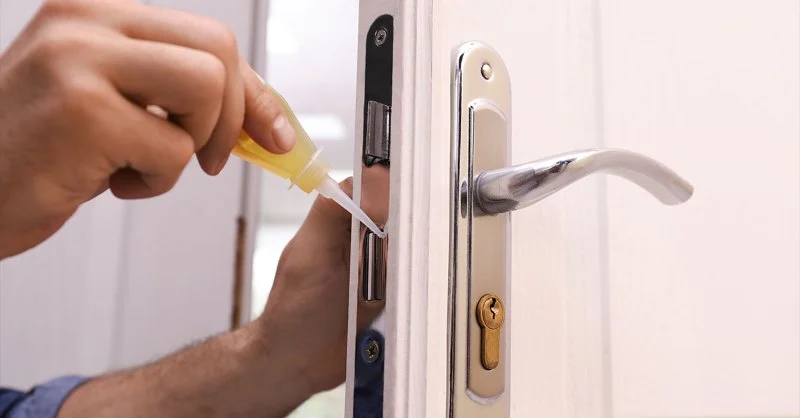
The Importance of Maintaining Locks
Locks are one of the most essential elements of home security, yet many homeowners often overlook their maintenance. Proper lock care is key to ensuring the longevity of your locks and maintaining a high level of security. Regular maintenance not only extends the life of your locks but also prevents frustrating issues such as jammed keys or malfunctioning mechanisms. By taking a few simple steps, you can ensure that your locks continue to function smoothly for years to come.
Basic Steps to Maintain Locks
Maintaining your locks is not a complicated process, but it does require consistency and attention to detail. Here are a few fundamental steps to keep your locks in top shape:

BILL'S lOCK SHOP, INC.
KalamazooKalamazoo CountyMichigan
604 S Westnedge Ave, Kalamazoo, MI 49007, USA
1. Regular Cleaning
One of the simplest yet most important tasks is to clean your locks regularly. Dirt and dust can accumulate inside the lock mechanism, leading to resistance when turning the key or locking/unlocking the door. Use a soft cloth to wipe down the surface of the lock and remove any dirt buildup. For more thorough cleaning, use a can of compressed air to blow out any debris from inside the keyhole.
2. Inspect Locks for Damage
Every few months, check your locks for any visible signs of damage or wear. Look for rust, broken components, or parts that don’t seem to function properly. If you notice any issues, it’s best to have the lock repaired or replaced before it fails completely. Ensuring that locks are in good working order will prevent the hassle of having to deal with a malfunctioning lock during an emergency.
3. Keep Locks Dry and Protected
Weather conditions can significantly impact the performance of locks, especially outdoor ones. If your locks are exposed to rain or snow, moisture can cause rust and corrosion. Use weatherproof covers on exterior locks to protect them from the elements. Additionally, avoid using excessive force when turning the key, as this can cause damage to the internal mechanisms over time.
Lubrication Tips for Long-Lasting Locks
Lubricating your locks is essential to prevent wear and tear on internal components and ensure smooth operation. However, not all lubricants are created equal, and using the wrong type can lead to more harm than good. Here's how to lubricate your locks properly:
1. Use the Right Lubricant
When lubricating locks, always use a dry lubricant, such as graphite powder or Teflon-based spray. These types of lubricants are ideal for locks because they won’t attract dirt and grime like oil-based lubricants. Avoid using WD-40 or other general-purpose oils, as these can gum up the lock mechanism over time, causing it to become sticky or even jammed.
2. Apply Lubricant Sparingly
Applying too much lubricant can cause excess buildup, leading to more dirt accumulation inside the lock. Instead, apply a small amount of lubricant directly into the keyhole, then turn the key several times to spread it evenly throughout the mechanism. This ensures that all internal components are properly coated without over-applying the lubricant.
3. Lubricate the Keys
In addition to the lock itself, it's also important to lubricate your keys. If your keys become worn or dirty, they can cause unnecessary friction in the lock. Use the same dry lubricant to coat the key lightly, then insert it into the lock and turn it a few times. This will reduce friction, making it easier to unlock your door and prolong the life of the lock mechanism.
Common Lock Problems and Solutions
Even with regular maintenance, locks can sometimes encounter issues. Here are some of the most common lock problems and how to fix them:
1. Key Sticking in the Lock
If your key is sticking or becoming difficult to turn, it could be due to a buildup of dirt, rust, or debris inside the lock. The best solution is to clean the lock and apply a dry lubricant. If the problem persists, the lock may need to be replaced, especially if there’s internal damage.
2. Difficult to Turn the Key
If turning the key is becoming difficult, it could indicate internal wear or a lack of lubrication. Try lubricating the lock with a dry lubricant and see if this resolves the issue. If the key continues to turn with difficulty, you may need to have the lock serviced or replaced.
3. Jammed Locks
Jammed locks are typically caused by debris, corrosion, or worn-out components. Start by cleaning the lock and applying a lubricant. If the lock is still jammed, you may need to seek the help of a professional locksmith to repair or replace the lock.
When to Call a Professional
While regular maintenance can go a long way in preventing issues with your locks, there are times when it's best to call a professional locksmith. If you're unable to fix a lock issue on your own, or if the lock has sustained significant damage, a professional locksmith can help with repairs or replacements. Additionally, if you're unsure about how to lubricate or maintain your locks properly, a locksmith can offer guidance and ensure that your locks are in optimal condition for maximum security.
Get Help from Locksmith Finder
If you need expert advice or services for your locks, visit Locksmith Finder for the best locksmith recommendations and related products. Our platform helps you find trustworthy professionals who can assist with lock installation, repairs, and maintenance to keep your home secure for years to come.



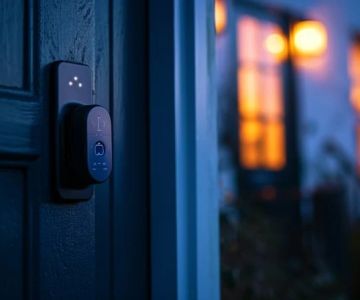



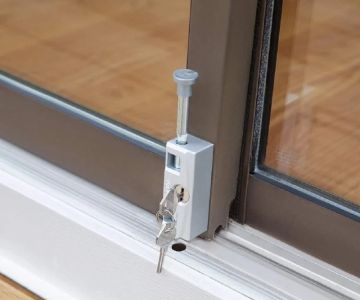
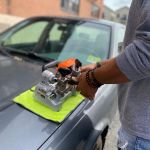 KeyMe Locksmiths4.0 (19 reviews)
KeyMe Locksmiths4.0 (19 reviews) One Stop Locksmith4.0 (56 reviews)
One Stop Locksmith4.0 (56 reviews) KeyMe Locksmiths4.0 (186 reviews)
KeyMe Locksmiths4.0 (186 reviews) KeyMe Locksmiths4.0 (17 reviews)
KeyMe Locksmiths4.0 (17 reviews) Master Locksmith Bloomington4.0 (39 reviews)
Master Locksmith Bloomington4.0 (39 reviews) Secure Locks | Locksmith Chicago4.0 (216 reviews)
Secure Locks | Locksmith Chicago4.0 (216 reviews) How to Secure Sliding Doors, Windows, and Garages with Professional Locks
How to Secure Sliding Doors, Windows, and Garages with Professional Locks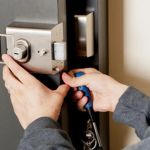 The Benefits of Combining Physical and Electronic Security Measures
The Benefits of Combining Physical and Electronic Security Measures How to Keep Your Home Safe While Renovating: Tips for Protecting Your Property
How to Keep Your Home Safe While Renovating: Tips for Protecting Your Property How to Secure Sliding Glass Doors With Smart Locks and Deadbolts
How to Secure Sliding Glass Doors With Smart Locks and Deadbolts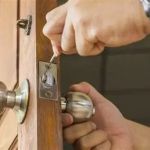 How to Protect Your Home from Lock Cracking: Locksmith Tips for Maximum Security
How to Protect Your Home from Lock Cracking: Locksmith Tips for Maximum Security How to Protect Your Garage Door From Common Burglary Techniques
How to Protect Your Garage Door From Common Burglary Techniques